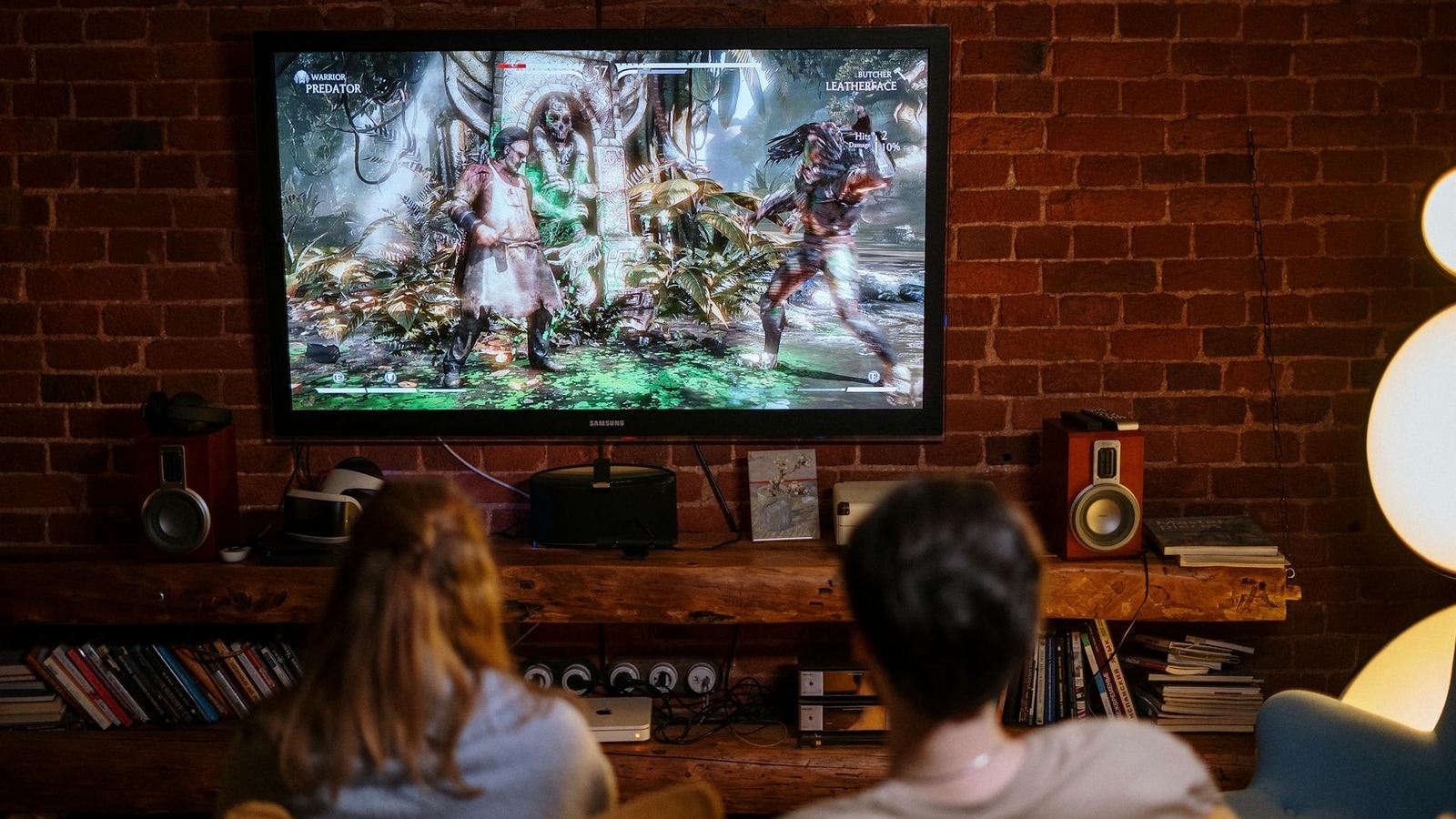Welcome to the T List, a newsletter from the editors of T Magazine. Each week, we share things we’re eating, wearing, listening to or coveting now. Sign up here to find us in your inbox every Wednesday. And you can always reach us at tlist@nytimes.com.
Visit This
A Minimalist Retreat in Chiang Mai
Chiang Mai, ensconced between the jungles and rice fields of Thailand’s mountainous north, has emerged as the country’s creative capital over the past few years. Recent openings, including the contemporary craft hub Kalm Village and the grocery, coffee shop and community space the Food Trust CNX, riff on the region’s rich cultural and culinary heritage with 21st-century takes on traditional crafts and recipes (the latter serves pizzas with northern Thai sai oua sausage and nam prik noom chile relish). The new Burirattana Hotel, opened in the heart of Chiang Mai’s moated Old Town, has added architecture to that self-referential mix. Both its name and design draw inspiration from the nearby Khum Chao Burirat House, a late 19th-century royal residence that fuses European-style arcades and stuccoed brick walls with Lanna kingdom hallmarks such as balustrades from carved teak and a roof bedecked with clay tiles. The Burirattana turned its canvas, a four-story former warehouse, into a similarly duotone structure with a base in white plaster and a teak-covered top floor. The renovated space sits alongside a newly built L-shaped wing that hugs a courtyard swimming pool. Inside, the 42 rooms are sleekly monochrome, furnished with an assemblage of Hans Wegner Wishbone chairs, wooden desks with reeded legs and cushions covered in local textiles. “We wanted to create a simple yet beautiful retreat within Chiang Mai’s historical infrastructure,” says the property’s co-owner and brand director Khrongkhwan Kongprasert. “Many people come here in search of the slow life — the combination of today’s minimalist aesthetics with the cultural ideas of Lanna provides a perfect backdrop for that.” Rooms from $86, burirattanahotel.com.
“The only way out of the human rabbit warren,” wrote the Austrian American architect and critic Bernard Rudofsky in his 1977 book, “The Prodigious Builders,” “is, quite simply, down the rabbit hole.” One of the chapters in that book, “In Praise of Caves,” now lends its name to a new exhibition at the Noguchi Museum in Queens. The exhibition, which runs through February, focuses on the work of four Mexican artist-architects — Juan O’Gorman, Carlos Lazo and Mathias Goeritz, who were contemporaries, and their most prominent successor, Javier Senosiain — and their exploration of the question, as the museum’s senior curator, Dakin Hart, poses it, “What does it mean to live in the landscape and not just build on top of it?” The show brings together sculptures, archival photographs, paintings and newly built architectural models, including an exquisitely detailed re-creation of the landmark Casa O’Gorman cave house, built between 1948 and 1956, which has since been remodeled beyond recognition. These architects shared Isamu Noguchi’s expansive vision of art and architecture that could reshape the world, and the works in Queens suggest not only an aesthetic alternative to the hard lines of modernism but also, in their fluidity, the winding path to a radically different future. “In Praise of Caves” is on view through Feb. 26, 2023, noguchi.org.
Eat This
A Tasting Menu in Brooklyn’s Own Little Tokyo
Greenpoint, a Brooklyn neighborhood recently flush with Japanese shops and restaurants (Acre, a cafe, serves karaage bentos for lunch; Kettl, a nearby teahouse, crafts matcha parfaits spangled with mochi and soba crunch) recently welcomed 50 Norman, an ambitious new complex showcasing the very best of that country, from bespoke dashi packets to a rotating curation of ceramic artists. In its amber-lit back room, the restaurant House offers an elegant tasting menu at an eight-seat chef’s table. On a recent evening, the first course was an aromatic consommé simmered from corn husks and niban dashi, the delicate second wash of broth. Later, next to a perfectly seared domino of Wagyu, a shishito pepper was coated in charred shishito paste and a confetti of pepper flakes. During service, the chef, Yuji Tani, who is inspired by the preservation of ephemeral ingredients epitomized in both French and Kyoto cuisines, carefully plated each dish from an airy open kitchen. “It’s like watching a play, with seven acts,” one patron said. It’s hard to miss Tani’s sleeves of tattoos while he works — he got them when he left a previous life as a futon sales rep and began learning to cook. His menu shifts with the day and the season; the dishes are deeply personal. Guests get some choice, too: orange wine or sake, to start. And, before the Wagyu course, a pick from Tani’s collection of artisanal knives; the handles of which are whimsical, carved from cherry wood. Reservations for House open on Oct. 22, resy.com; the restaurant opens Dec. 1, house-bk.com.
See This
An Art Deco Boutique Hotel in Mexico City’s Polanco Neighborhood
The first culinary delight at Mexico City’s new Campos Polanco hotel can be found in the room upon check-in: A piece of Mexican chocolate spiced with five types of local chiles paired with coffee-infused mezcal produced in the Santiago Matatlán region of Oaxaca. The property, by the hospitality company Mosaic Hotel Group, offers celebrations of Mexican artistry throughout, from the architecture and interiors — designed by a trifecta of firms: All-Arquitectura, Amass & G and AvroKO Hospitality Group — to the food overall. During a stay, guests are treated to a breakfast dish of the day at the ground-floor lounge and courtyard. Specialties range from squash blossom enchiladas to fried-egg sandwiches; all recipes are prepared by the chef Diego Isunza Kahlo, the great-grand-nephew of the beloved Mexican artist Frida Kahlo.
Beyond the reception area of the six-floor Art Deco building, decorated with a mustard leather sofa and walnut lounge chairs upholstered in black leather or blue velvet, is a spiral terrazzo staircase that guests can use to access the hotel’s suites. They range from cozy open-concept rooms with writing desks and claw-foot bathtubs to an expansive one-bedroom apartment with a chef’s kitchen and a wraparound balcony offering floor-to-ceiling views of the verdant Republica del Líbano garden. Each level features a communal space decorated with works by Mexican artists. The second-floor library is adorned with psychedelic paintings by the artist Raúl Sisniega, while the rooftop terrace offers a geometric mural in shades of cobalt, honey and rose by the artist Sara Daniela. Rooms from $415, campospolanco.com.
View This
Going Back to the ’90s With the Artist Kiki Smith
When Kiki Smith saw the collection of her own work from the 1990s put together by Timothy Taylor gallery for a retrospective, she experienced what she called a “lesson in self-acceptance.” The artist had spent the decade mourning those taken by AIDS, including her sister, Bebe, and filling her days with work. “A lot of the time you’re making things because you have weird little niches of interest. All of them are made out of some sort of strange earnestness, in moments of trying to discover,” Smith said. She had been trying to discover in what seems like every medium: drawings and lithographs; ceramics, bronze and papier-mâché; and even photography, including a famous self-portrait snapped with a camera designed for geological surveys (“My Blue Lake,” 1994). But as Smith, now 68, looked over what had felt, at the time, like a variety of disparate discoveries, she saw a through line: “There are a lot of heads, and a lot of birds.” The heads include “Untitled (Ear Ache)” (1991), a papier-mâché that reveals Smith’s obsession with the grosser aspects of our bodies and influenced the direction of figurative art, while the glowering head in “Las Animas” (1997), a collage of photographs she took of her own veins and scars, shows her unflagging feminist stance. The birds include a bronze series of mythical creatures in “Harpies” (2000), and the moving “Six Crows” (1995), in which dark bronze crows are strewn across a gallery floor, apparently felled in midflight. It seems to speak both to AIDS and to Covid-19 though, Smith clarifies, that wasn’t why she made them. Not that it matters: “It makes me have faith in my work: that I just follow and go where it goes.” “Kiki Smith” is on view through Nov. 12, timothytaylor.com.
From T’s Instagram
























